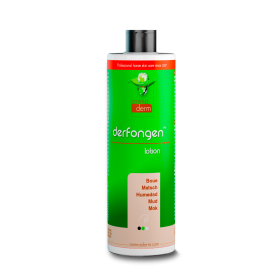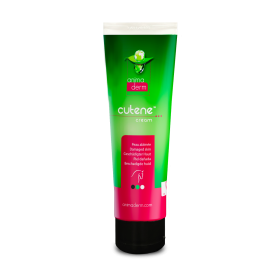Sudden loss of bristles on the horse's body
Scary but not serious
It starts with small nodules under the coat, the skin is granular to the touch, and then the hair gradually falls out in a brush-like pattern in the affected areas. Day after day, these areas grow larger.
Changing weather conditions, lower temperatures and more frequent cold rains put horses' skin to the test. These conditions are a breeding ground for skin bacteria, particularly dermatophilus congolensis. On certain, more fragile hosts, these pathogens will thrive on the areas of the body most exposed to climatic variations:back, side of neck, legs. Water run-off areas such as the flanks and withers, which are heavily flooded, are also ideal breeding grounds.
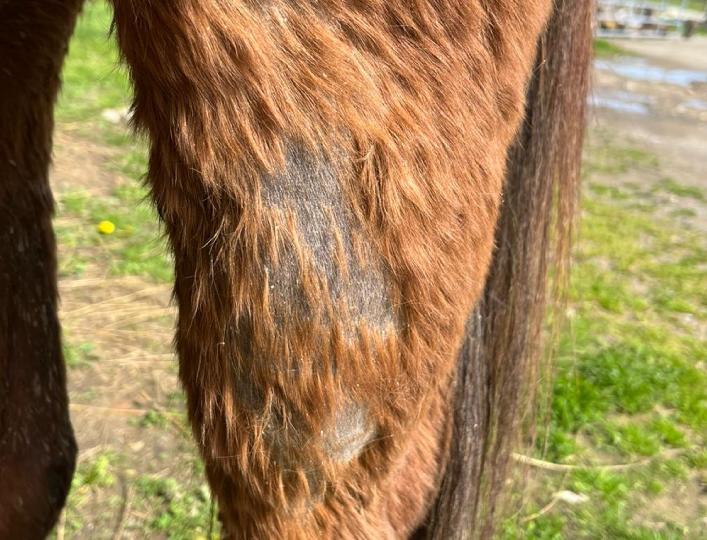
If subcutaneous nodules (or depilated areas in the case of more advanced dermatophilosis) are of little discomfort to the animal, it's often best to do nothing. The skin will naturally eliminate the intruder within a few days, and the hair will gradually grow back.
The use of disinfectants is to be avoided: they will attack the skin, making the depilated areas ultra-sensitive to external aggression. The same goes for sulphur vaseline and cade oil, which weaken the epidermis and cause shedding problems the following season.
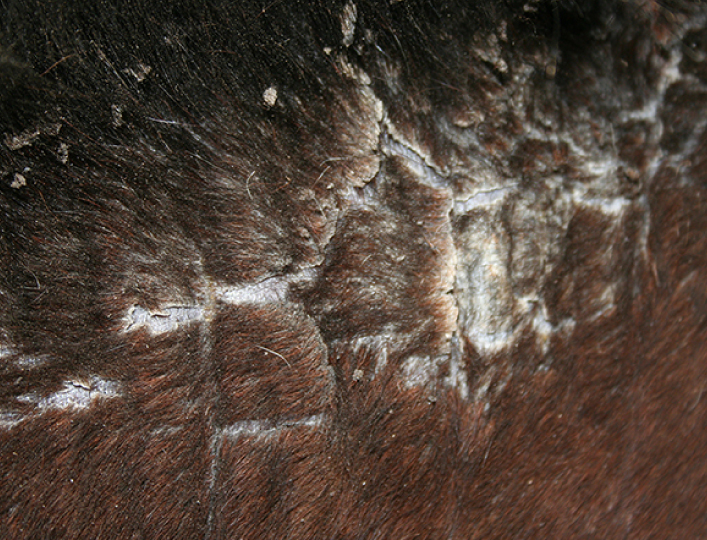
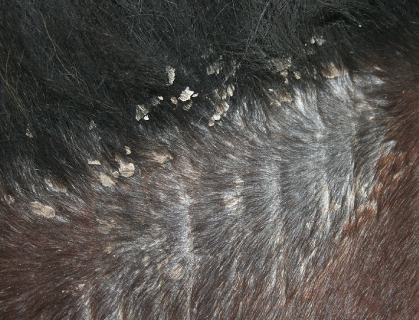
If the area worsens and small scabs form, the use of a gentle but suitable product can quickly solve the problem.
DERFONGEN will quickly penetrate the hair and help the skin fight the bacteria. An application every 4 days is sufficient for 1 week or 10 days.
CUTENE can be applied between two applications of derfongen. It will activate the shedding of dead hair and stimulate new hair growth. Stop all applications as soon as down appears.
 ANIMADERM S.A.S
ANIMADERM S.A.S
